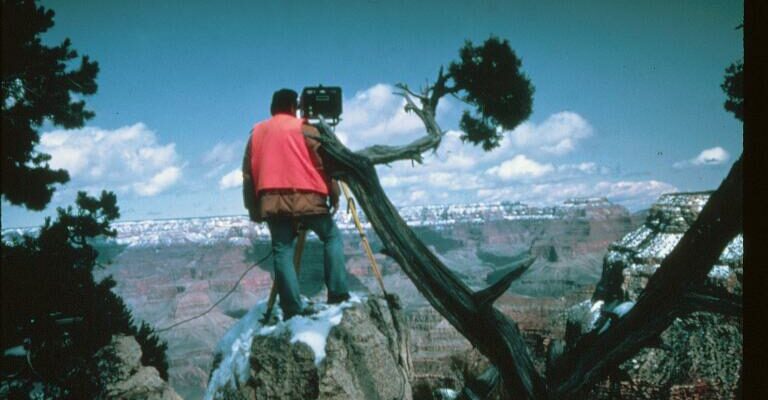By Michael L. Binge, PLS/GISP (ret)
I truly enjoyed your recent piece “Moving Water in the Grand Canyon” (March, 2021). It brought back many memories. In 1982-83 I was party chief for the survey in the Grand Canyon to replace the section of water line from Indian Gardens to the South Rim.
Oh how the times have changed! How I would have loved to have the equipment these new fellows used for our survey in the Grand Canyon. We established our control network using the HP 3800 and a Zeiss Th2 theodolite. We had a Sokkia Set3 total station. But we didn’t get a data collector until 1984, so our observations had to be hand recorded in field books and hand entered into a computer. The field calculations were all handled with a pair of HP41C programmable calculators.
We did have access to the NPS helicopter, but crowds of hikers and visitors complicated matters. GPS was in its infancy. With only four satellites in the constellation, it would have taken two weeks of continuous observation to get a position accurate to one meter. So that was ruled out early on. We instead used the NAD 27 network established by the U.S. Geological Survey and densified by Brad Washburn’s Boston Museum of Science.
The mules carrying visitors and supplies were spooked by our white aerial pre-marks, so we had to deploy them only while the plane was overhead. We also ran a survey of the section of line between Indian Gardens and Phantom Ranch. We actually ran bench levels from the South Rim to Phantom Ranch. The last segment was completed in early 1984.
Our survey controlled the directional drilling from the South Rim to Indian Gardens. That replaced a line built by the Union Pacific Railroad in 1929.
I had the good fortune of working with a few of the engineers who oversaw the construction of the original Trans Canyon Pipeline. Their input was invaluable in helping me plan our project.
But the Grand Canyon is still grand. And the folks who construct the new pipeline will find it every bit as challenging as those who constructed the original. They will just have better equipment.

